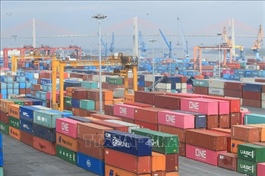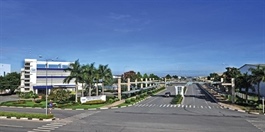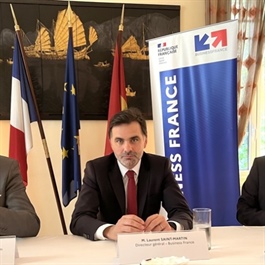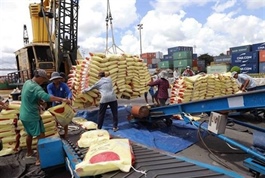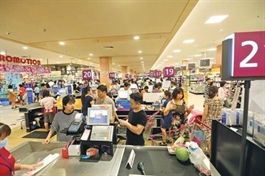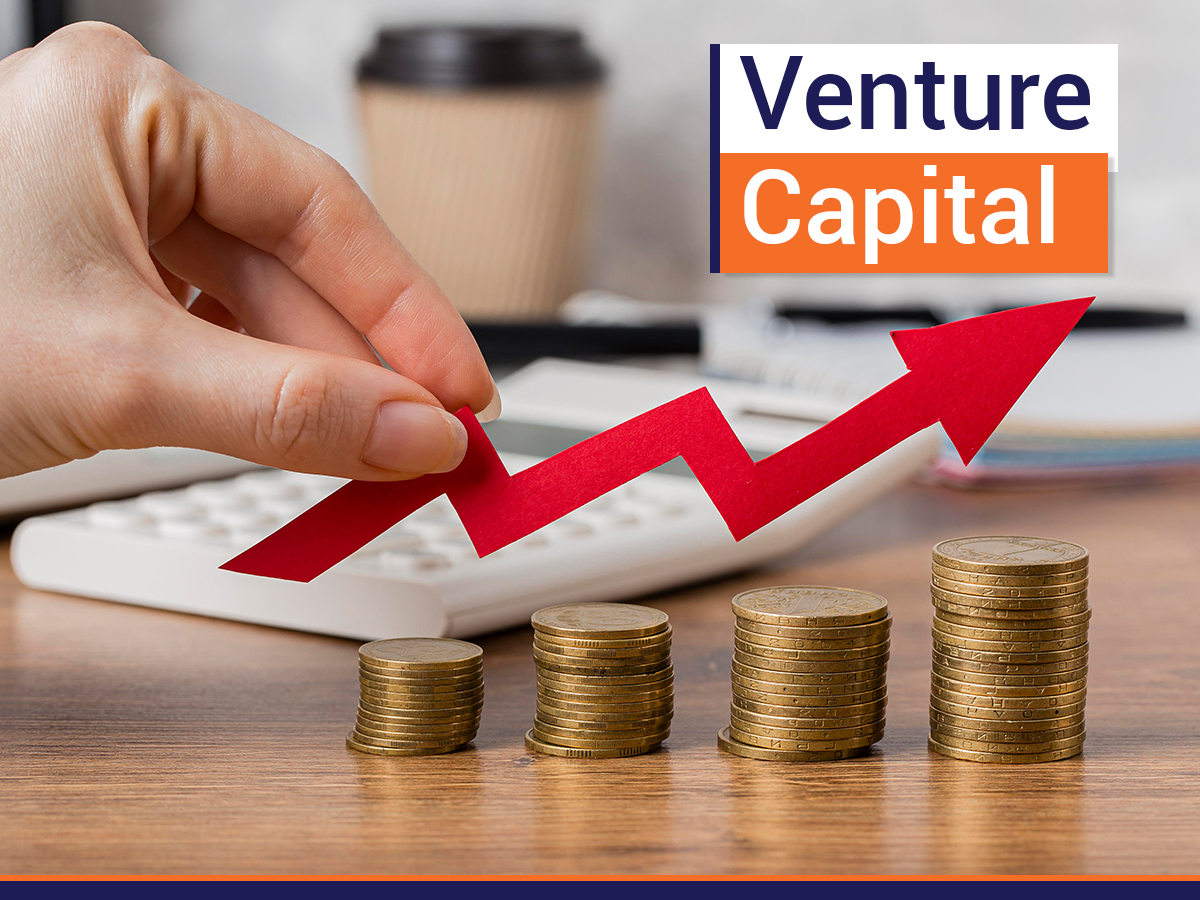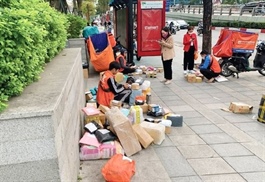An Giang bosters border economy
An Giang bosters border economy
The Mekong Delta province of An Giang, billed as an economic centre that links HCM City, Cần Thơ City and Cambodia’s Phnom Penh, has paid due attention to developing border trade and logistics infrastructure to tap into its border economic potential.
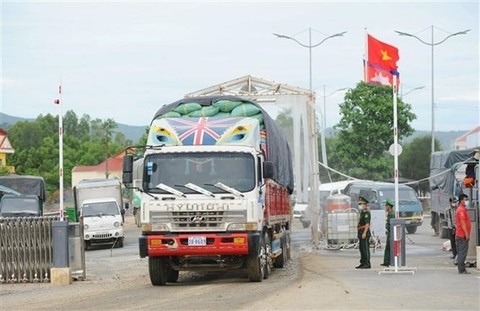
Goods transported via Tịnh Biên International Border Gate. The annual average imports and exports turnover through the border gate has reached hundreds of millions of US dollars and gradually increased throughout the years. — VNA/VNS Photo Công Mạo |
Sharing a borderline of more than 100 kilometres with Cambodia, the province has five international border gates, two other main gates and a sub gate. There are 13 border markets and four sites for examination and supervision of the imports and exports goods recognised by the General Department of Vietnam Customs in five districts and townships.
It has approved investment policies for 168 projects on border trade infrastructure development with over VNĐ29.8 trillion (US$1.17 billion) in total registered capital so far.
Under a project to develop the province’s border trade by 2025 with a vision to 2030, border trade is envisaged to become an important locomotive for the local economic growth, making An Giang become a key transhipment centre of the Mekong Delta region and the whole country.
During the 2021-25 period, the province targets trade revenue via border gates at $9 billion, up 15 per cent from the 2016-20 period, with export turnover growing 10 per cent per year on average to reach some $636.7 million by 2025.
According to Director of the province’s Trade and Investment Promotion Centre Lê Trung Hiếu, as border trade has an important role to play in the province’s economic growth, An Giang organises an annual international trade fair and arranges for delegations to attend business matching events, exhibitions and fairs in Cambodia, bold steps contributing to boosting trade exchanges between An Giang and Cambodian localities.
Along with calling for large corporations to invest in border economic zones, the province is penning incentives to mobilise resources to build infrastructure in the areas, helping bolster the border economic development.
Secretary of the provincial Party Committee Lê Hồng Quang said under its master plan during the 2021-23 period with a vision to 2050, An Giang would focus on developing border economic zones and economic corridors in tandem with ensuring defence-security, while calling for investment to branch out transport, clean energy and logistics infrastructure, paving the way for the province to become a trade centre that connects the Mekong Delta region with the Cambodian market, and other ASEAN ones.
Last year, the province’s trade turnover via border gates was nearly $2.47 billion. In the first quarter of this year, the figure was some $520 million. Major exports are rice, fruits, vegetables, fertilisers, cement, steel and animal food, among others, while imports include rice, sand, mango and iron ore.



